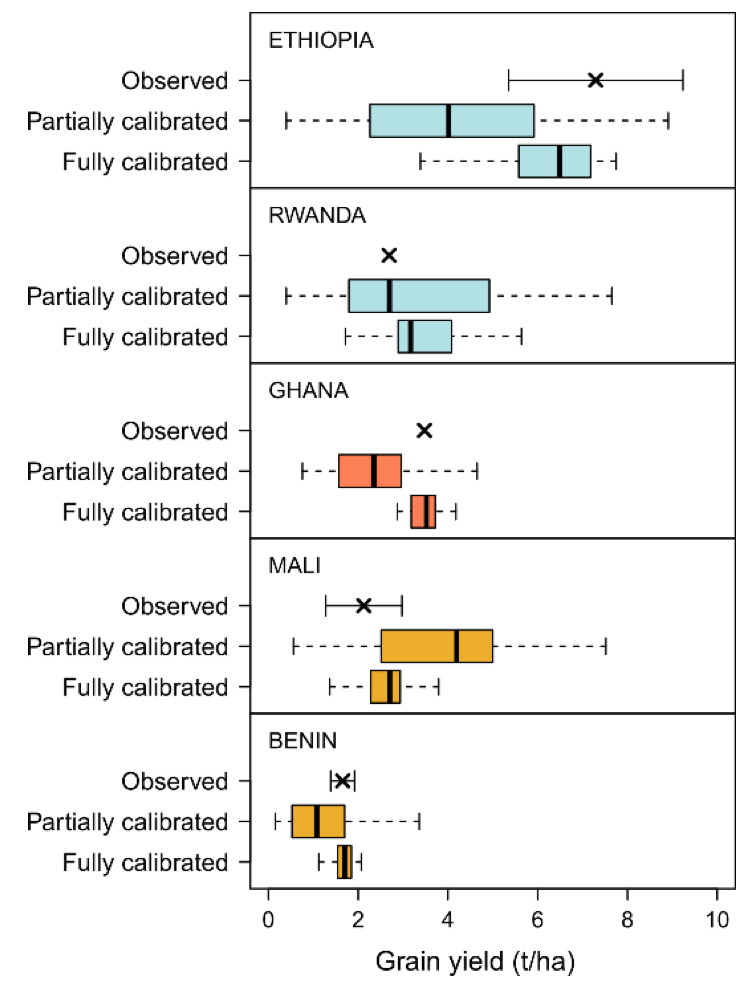Low Input Farming Systems
Main Contacts for Initiative
Marc Corbels, Gatien Falconnier, Ken Boote, Myriam Adam and Bruno Basso.
Brief Description of Activity
The main objective of this activity is to improve the predictive capacity of crop models under climate change in low soil fertility/low input cropping systems of the (sub)tropics. The specific objectives are:
1.to collate available data for crop growth model intercomparison and improvement in the (sub)tropics;
2.to improve cropping systems models for interactions of climate change and low soil fertility/low input cropping systems;
3.to assess potential agricultural adaptation strategies for smallholder farmers to cope with climate change.
Overview of Participants
CIRAD, France is leading this activity in collaboration with the University of Florida, Michigan State University, and NASA, USA. 25 Maize modeling groups worldwide are participating.
Current Research Focus
Comprehending the sensitivity of low input cropping systems to weather (and CO2 changes), given other crop growth limiting factors.

Observed (cross) and simulated (box plots) grain yields from experiments in five low-input sites. Simulated yields are from 25 different maize models
Recent Noteworthy Findings
Although model simulations of water – and nutrient-limited yield in low input conditions greatly improved after full calibration, models response to changes in climate factors, especially rainfall, remained highly uncertain. Further analysis will address the impact of model structure and calibration procedure on response to changes in temperature and rainfall.
Reports or Papers Recently Submitted/Published
Corbeels et al. (2017) Can we use crop modelling for identifying climate change adaptation options? Agricultural and Forest Meteorology 256–257, 46–52.
Falconnier et al. (2019) Model intercomparison of maize response to climate change in low-input smallholder cropping systems. Poster at 3rd Agriculture and Climate Change Conference, Budapest, Hungary.
